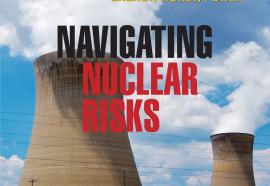Is Yucca Enough?
Scenarios depict possible nuclear waste futures.
Nuclear-waste management is a multi-billion dollar problem, and the future of nuclear power will depend on its resolution. Four scenarios depict possible outcomes and impacts on the electric power industry.









